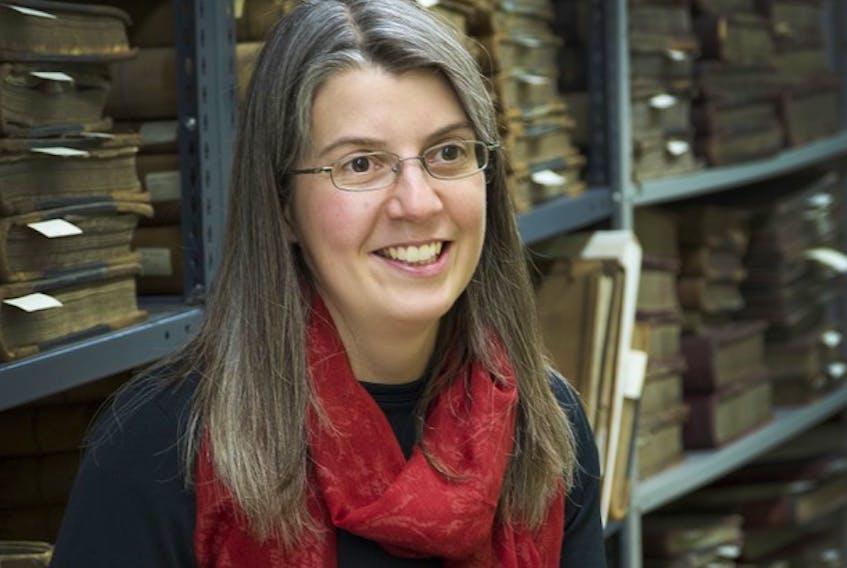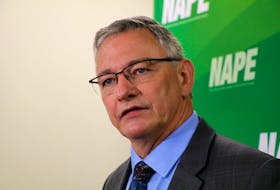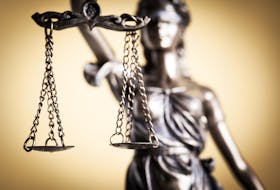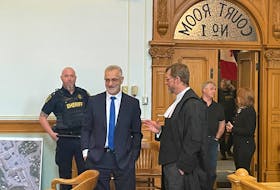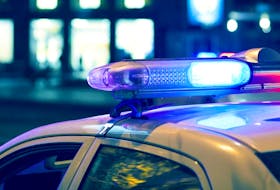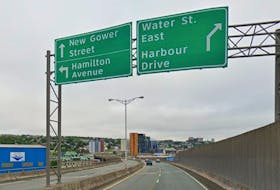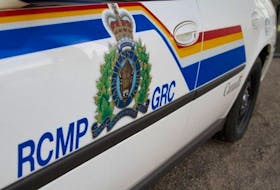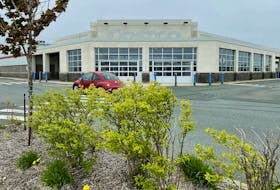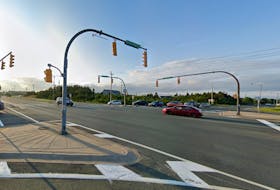ST. JOHN'S, N.L. — If you’re reading this, you know your ABCs. But chances are, there’s a lot in this new children’s book that you don’t know.
“Agnes Ayre’s ABCs of Amazing Women: Newfoundland & Labrador Women of Note (Some of Whom Won Us the Vote)” is a fascinating book for readers of any age because it tells the stories of women who conquered unimaginable feats yet were largely excluded from the history books.
“I don’t think there’s a lot known about these women in this book, and I don’t think women’s history is as prevalent as I would like it to be in, I guess, just our common knowledge, our schools, all of this. So, I think this is a list of women that I find very fascinating that I don’t think are very often brought to the attention of young people and old people,” author Jenny Higgins said.

The book is organized alphabetically, with a woman or group of women represented for each letter. It begins with botanist, artist and suffragist Agnes Ayre for the letter A, and she narrates the rest of the book – bringing the reader on a journey through the province’s history leading up to women’s right to vote on March 9, 1925.
The hardcover tells of women such as poet Isabella Whiteford Rogerson, artist Josephina Kalleo, nurse Lieutenant Maysie Parsons and teacher and Evening Telegram editor Dora Oake Russell.
It details the many accomplishments of suffragists Adeline Browning, Margaret Duley, Fanny McNeil, Armine Nutting Gosling and Janet Miller Ayre Murray.
Higgins said her work as a writer and researcher at Memorial University’s Maritime History Archive, and now at The Writing Centre, had her finding little snippets about many of these women.
“I started just sort of informally filing them away in my brain, and then as I accumulated more and more, I kept a list on my computer.”
What started out as an informal exercise for Higgins simply out of personal interest eventually turned into the book, which was illustrated by Jennifer Morgan.
Finding images of the women proved a difficult task for Morgan, despite using many sources, such as archives and Margot Duley’s book “Where Once Our Mothers Stood We Stand: Women’s Suffrage in Newfoundland 1890-1925.”
‘I just made up a face’
“I also spent a lot of time on the online “Encyclopedia of Newfoundland” and got increasingly frustrated with those old books of Newfoundland and the encyclopedias of Newfoundland because the women would only be mentioned as ‘the mother of’ or ‘the wife of’, and there were no images,” said Morgan.

“I don’t know what many of them looked like. Like, some of them I had to just – I just made up a face. … It’s really frustrating the way women had to navigate around what was socially proper 100 years ago – and easy to forget. But when you go back you’re stuck with working with the rules that they had to play by, and you’ve got to go back and think, ‘OK, what would other people have called her?”
She said archive searches often meant searching both the woman’s name and her husband’s name. For example, there might be limited results for Antonia D’Alberti Hutton, but a few more for Mrs. Charles Hutton.
Morgan said it was important for her to find at least some image of as many of the women as she could – and even enlisted the help of the women’s descendants who were sometimes able to provide a better image than what could be found in archives.
“It was really important to me to take these women out of anonymity and out of the background and (in) every drawing draw them active and doing things.”
Despite the challenges, Morgan said she loved working on the illustrations because it helped her learn about these “spunky women” who, when faced with a problem, “put their energy and mind into, ‘How can we help this? How can we solve this problem?’”
She said she hopes young girls who pick up the book will be as impressed with the women as she was.
“And realize, ‘Yea, if I set my mind to it, I can do this. I can fly a plane. I can change politics. I can run for politics. I can make a difference in this world.’”
Twitter: @juanitamercer_
RELATED

